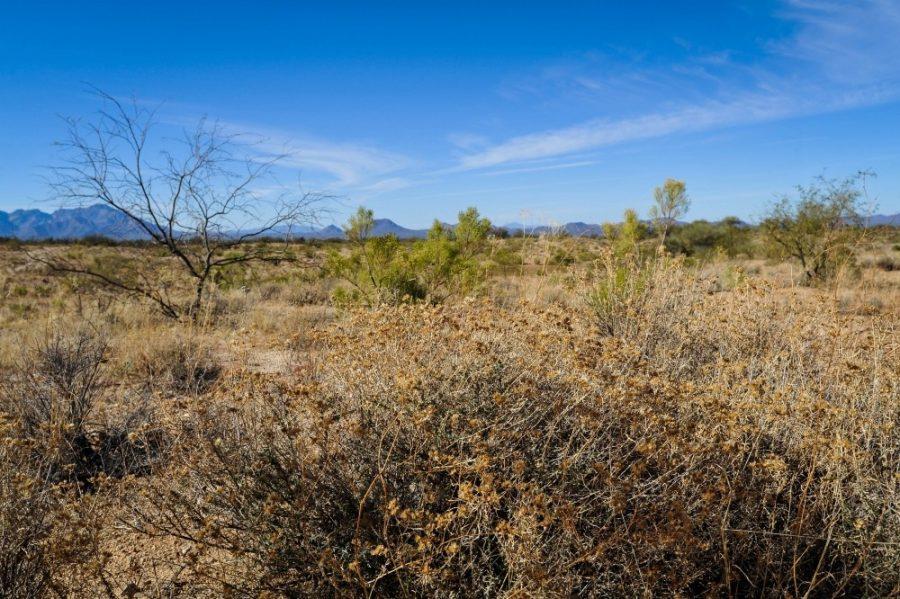In the upcoming election, climate change and environmental protections are among the top concerns for many individuals. During the Donald Trump administration, we’ve seen many environmental regulations rolled back in the name of progressing our economy. National Parks such as the famous Bears Ears in our neighboring Utah have been cut drastically and opened up to the mining of precious minerals.
Here in Arizona, not only have Trump administration decisions put us in grave danger, but our state has set itself up for the depletion of the most precious resource in the desert: clean water. This has been the result of a decades-long process of suburban expansion.
The Trump administration recently rolled back the regulations that were in place under the Clean Water Act’s expansion under President Barack Obama. Policies under the Obama administration expanded the act put into place in 1972 to include streams and wetlands, preventing them from being polluted or filled in during development projects. These protected waterways included seasonal streams and washes that are prevalent throughout Arizona in the months with higher levels of precipitation.
The Trump administration’s adaptations to the interpretation of the Clean Water Act’s reach will not protect these bodies of water (other than the wetlands directly adjacent to the Colorado River). As much as 94% of the state’s waterways could become unprotected, according to an EPA report. This will allow them to be developed upon and polluted if companies seek to pursue endeavors in the region.
RELATED: UA joins coalition researching climate change policy
Though they may not be a large source of water for our state, they are still important to our way of life. The water of seasonal streams evaporates and adds to groundwater that is used throughout the state.
The new interpretation not only puts the people dependent upon the water sources of more arid states in danger, but the many forms of wildlife that depend upon them as well. There are many species that thrive in these wetlands, such as rare and endangered species that may soon be facing extinction.
With less protected waterways, the state is in dire need of water conservation, though the constant suburbanization on the outskirts of our state’s major cities makes it difficult to stretch the resource.
As of 1993, the State has allowed private developers to pursue groundwater that is more than 1,000 feet deep to serve the homes on the outskirts of Phoenix and Tucson, according to the Arizona Daily Star. This has brought about concerns from hydrologists, as the water tables are now falling and this leads to an increased chance of the ground collapsing. So, in order to offset the pumping, the Central Arizona Groundwater Replenishment District water district was created and became a part of the Central Arizona Project.
This potable water is often coming from the Colorado River and the Gila River Indian Community (the tribe controls the largest water right in the state, under the Central Arizona Project). According to the Star, the recent deal with the Gila River Indian Community will give these projects 900,000 acre feet of water for the next 25 years.
The system used is unsustainable over a longer period of time, and currently 30% of the subdivisions are dependent upon this project, according to the Star. This number continues to rise putting even more of a strain upon a system that is not necessarily stable.
Eventually, we must come to a point where we think of new ways to provide this water or put a halt to suburban expansion. The desert has never been known for an ample source of water; we as inhabitants must learn to adapt to the climate rather than abuse the land to suit our needs.
Follow the Daily Wildcat on Twitter









